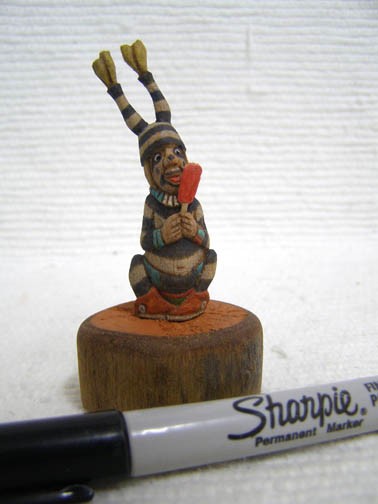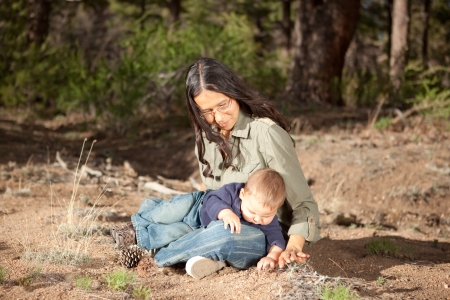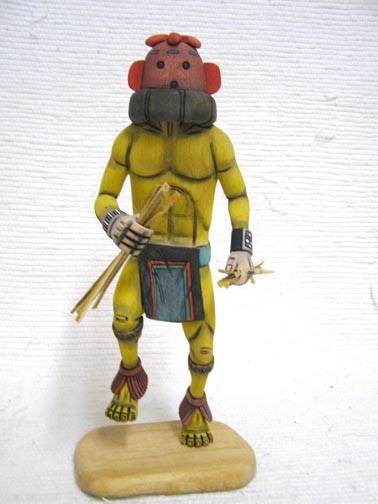
Like minstrel shows of the early 19th century, which were an unfolding of outlandish entertainment, satire, and comic slapstick used to shatter taboos and also reinforce stereotypes, the practice of Hopi clowning, known as “Tsukulalwa,” often accomplished the same.
Clowning societies helped sculpt the foundations of Hopi ceremony and ritual. While outsiders may have taken offense at the sometimes obscene depictions observed during plaza dances, clowning served important purposes within these communities. Hopi clowns were often depicted mocking their targets, imitating lewd acts, and engaging in mischievous horseplay.
The clown is a representation of the premoral nature of mankind, and their sometimes nefarious behavior serves to remind the people of their tribal values. Clown deviancy is designed to ground the community, to remind them to value their cultural norms, and to act accordingly and appropriately. In essence, the clown, like human beings, is far from perfect. The Hopi values that the clowns represent are the values of self-control, decorous and respectful interpersonal relations, nonaggression, non-acquisitiveness, non-inquisitiveness and sexual modesty. Clowning rituals teach tribal members how to act appropriately by reinforcing the importance of these values through shock value behavior.
The Hopi believe all people are clowns, and the obscene acts that the clowns engage in have a serious function. Sent to throw normal society for a loop, the clowns help reduce chaos in a world of over-consumption. Clown Katsina figures are often depicted with a food item, like a lollipop or a watermelon, to represent the gluttonous nature of man, and they are most commonly painted with alternating black and white stripes. Tied in the Hopi clown’s hair are corn husks, which are worn like horns, and owl feathers, which dangle from their heads.
See how some of our artists at Kachina House have depicted Hopi clown culture in their artwork today!



